more>>Industry Overview
more>>Link us
News
On April 16, 2020, CCTV News reported on the "First Continuous Welding of Long Steel Rails on the Lhasa-Linzhi Section of the Sichuan-Tibet Railway" today, highlighting the contribution of the rail welding technology team from the School of Materials Science and Engineering at our university. The report stated, "At 11 am on April 16, 2020, at the Gongga railway station of the Lhasa-Linzhi Railway, with sparks flying from the high-altitude welding machine, two 500-meter-long steel rails were firmly welded together, marking the successful completion of the first long-rail welding on the Lhasa-Linzhi Railway and the beginning of welding and locking construction for the entire continuous welded rail (CWR) line." This is another significant contribution of SWJTU faculty and technology to major national construction projects, pushing the Lhasa-Linzhi section of the Sichuan-Tibet Railway closer to its official opening!
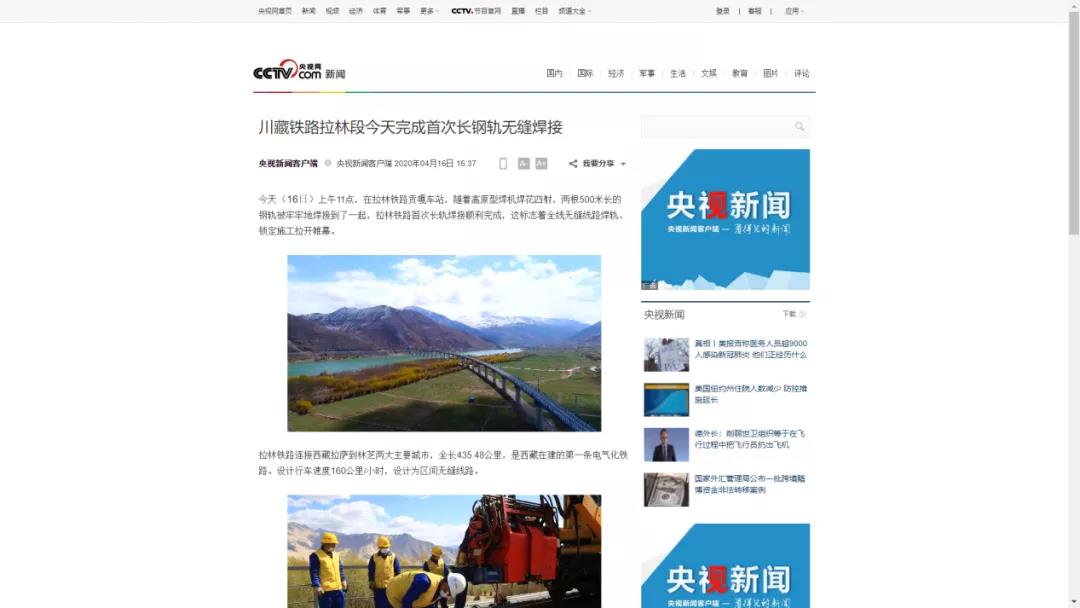
The southeast of Tibet lacks adequate external transportation links. Road transport is heavily influenced by weather, while air transport cannot meet the demands of local economic development. The Lhasa-Linzhi Railway, under construction, connects the two major cities of Lhasa and Linzhi, stretching 435.48 kilometers and ending the region's lack of railway access.
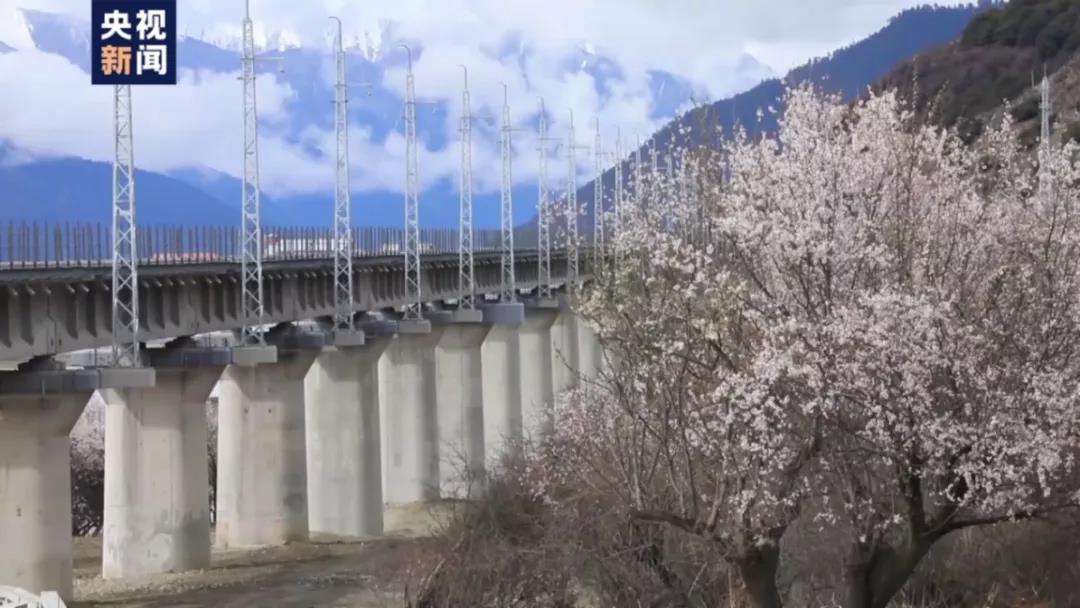

During the construction of the Lhasa-Linzhi Railway, the UN5-150ZB1 mobile rail flash welding machine, developed by Professor Lv Qibing and Professor Dai Hong's team from SWJTU, shone brightly, solving the technical challenges of seamless rail welding in harsh plateau conditions. The UN5-150ZB1 can operate in adverse environments, with its container providing wind, sand, temperature, and UV protection. Equipped with a dedicated diesel generator set with an exhaust purifier, the welding machine significantly reduces solid particulates and harmful emissions, optimizing the working environment and lowering the risk of occupational diseases.

Professor Lv Qibing and his team have been dedicated to the research and development of advanced welding technologies, continuously breaking through technical bottlenecks and pursuing excellence, contributing SWJTU's wisdom and hard work to China's railway construction. Since the 1990s, a group of young teachers at SWJTU have been engaged in research on rail welding quality and control technology, striving to fill the gaps in this field at our university.
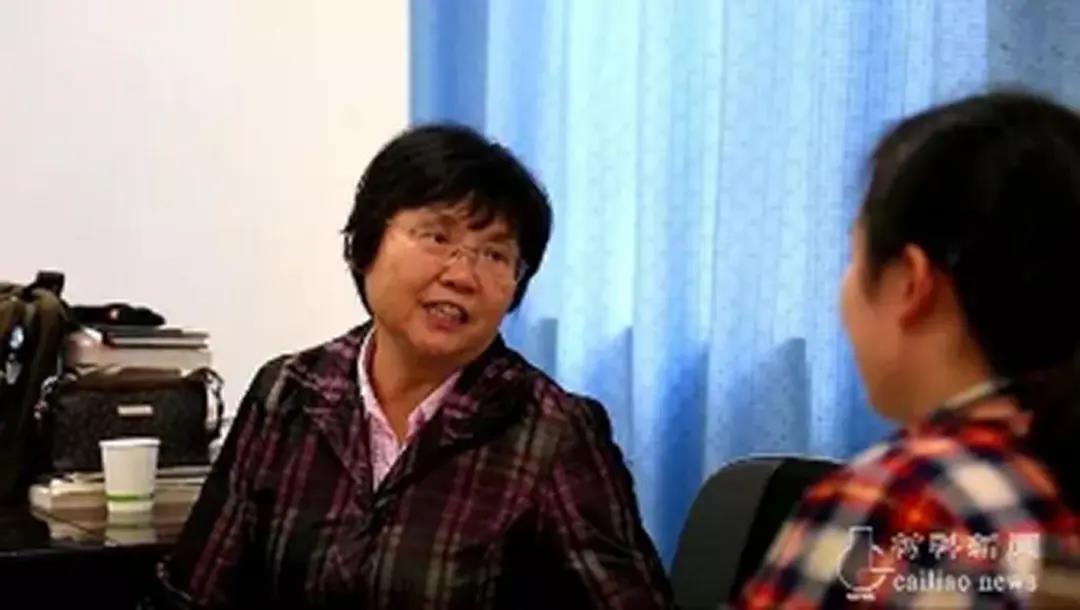
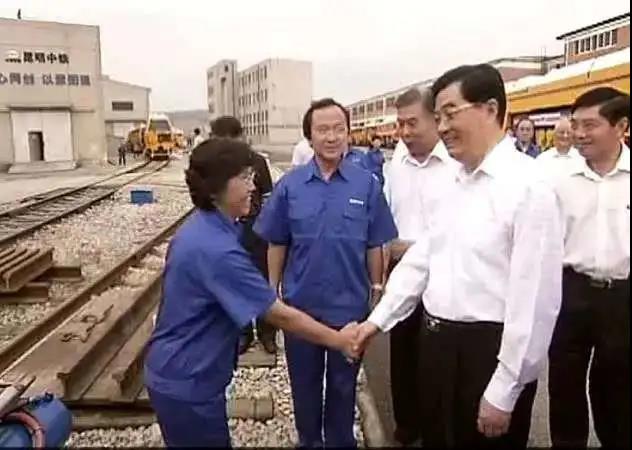
To better understand advanced welding technology and its application in major engineering fields, we interviewed Professor Lv Qibing, the team leader, to gain insights into welding technology from his perspective.
Recently, it was reported that the first long-rail welding on the Lhasa-Linzhi section of the Sichuan-Tibet Railway was successfully completed, marking the beginning of welding and locking construction for the entire CWR line. What role does welding play in railway construction for the average person who may not understand rail welding very well?

Professor Lv Qibing: It can be said that there would be no CWR without rail welding, and no high-speed rail without CWR, limiting trains to speeds of just over 100 km/h. Many may not be familiar with CWR. Besides enabling higher speeds, the construction of CWR for the Sichuan-Tibet Railway significantly reduces operational and maintenance requirements, especially challenging given the region's high bridges and tunnels, and harsh plateau conditions.
The weakest link in the line is the welded joint. Therefore, ensuring the quality of welded joints through welding equipment and processes is crucial. Our team is domestically leading and internationally recognized in terms of equipment and technology!
What are the unique challenges of high-altitude rail welding compared to low-altitude areas, and what factors need to be overcome during the welding process?
Professor Lv Qibing: The Tibetan Plateau is characterized by extreme cold and oxygen deficiency. The severe lack of oxygen on the plateau leads to insufficient power output from generators. Coupled with many long tunnels on the Sichuan-Tibet Railway, power output is further reduced (sometimes to just over 50% of that in Chengdu), and becomes unstable due to altitude changes, severely impacting welding quality. Additionally, the health of on-site workers cannot be overlooked. The exhaust emissions from generators, in the enclosed space of tunnels, can seriously affect workers' health and even be life-threatening!
I also understand that advanced mobile flash welding technology was used in the rail welding of the Lhasa-Linzhi Railway. Can you introduce the features of this high-altitude welding machine?
Professor Lv Qibing: Mainly tailored to the plateau's climate and construction environment, we developed and applied some key new technologies, summarized as "ensuring power output, reducing power demand, and promoting environmental protection."
Firstly, our welding machine uses a specially designed high-altitude generator to ensure sufficient power output. Simultaneously, we adopted the team's latest unique welding process, reducing the power demand of the generator (by 30%) while ensuring sufficient heat accumulation and welding quality. To address exhaust emissions, we jointly developed an exhaust purification device with the generator manufacturer, using eco-friendly technology to reduce emissions, ensuring workers' health in long tunnels and protecting the plateau's ecology!
Furthermore, the welding machine employs a horizontal clamping method (with a clamping force of 300 tons and an upset force of 120 tons), ensuring stable welding performance and a long service life. During welding, it can automatically push and remove the weld flash without manual intervention (currently the only domestic and imported rail flash welding machine with this function), significantly reducing operators' workload.
"Scientific research should not only produce beautiful flowers but also yield fruitful results." Faculty members in the School of Materials Science and Engineering have been striving for the commercialization of research results. How do you view the commercialization of research results?
Professor Lv Qibing: Many faculty members in the School of Materials Science and Engineering excel in research commercialization, and we are just one of them. The School of Materials Science and Engineering focuses on both basic and applied research, which I believe are not contradictory but should be organically integrated to achieve both high-level publications and practical applications. Basic research can be commercialized to support discipline development, creating a virtuous cycle.
Since China's reform and opening-up, with the rapid development of its economy and technology, Chinese science and technology have increasingly gained global recognition. How do you and your team promote the internationalization of independently innovated welding technology to better serve the Belt and Road Initiative and build a community with a shared future for mankind?
Professor Lv Qibing: Welding is an applied discipline that integrates materials, machinery, electrical engineering, and information technology to solve complex engineering problems in the welding field. Therefore, all members of our rail welding team, including myself, Professor Dai Hong, and Professor Luo Deyang, adhere to the principle of writing our research on the land of our motherland, aiming for both height and depth!
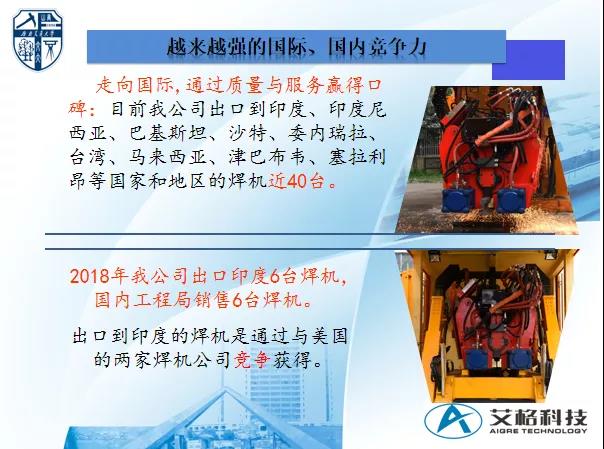
China began rail welding in the early 20th century, undergoing a process of technology introduction, absorption, and re-innovation, from process research and imported equipment modification to independent research and production, continuously narrowing and even surpassing foreign counterparts. Our equipment performance is now comparable to foreign products, and our complete set of technologies, especially process research, exceeds foreign levels. Therefore, our achievements are widely applied domestically in the construction of all urban subways, high-speed railways, and trams. With the advancement of the Belt and Road Initiative, our products have been exported to multiple countries and regions in South America (Venezuela), Africa (Sierra Leone, Zimbabwe, etc.), and Asia (Singapore, India, Indonesia, Malaysia, Pakistan, Saudi Arabia, Libya, etc.), and many countries have expressed purchase intentions and maintained contact with us.
From Professor Lv's words, we can feel the continuous progress of China's science and technology and SWJTU's outstanding contributions in the field of rail welding. We appreciate the dedication of SWJTU's rail welding team!
At the end of the interview, Professor Lv shared his dream with us: "My dream has always been that when purchasing rail welding machines, domestic clients will choose SWJTU's Aigre, and international clients will also think of Aigre from SWJTU. We are striving to make it so that when purchasing rail welding equipment worldwide, people will think of China's SWJTU and Aigre."
SWJTU attaches great importance to scientific and technological research and commercialization in the field of rail transportation, actively promoting the integration of industry, academia, and research. In today's increasingly competitive scientific and technological landscape, enhancing the quantity, quality, and speed of technology commercialization has become a top priority for scientific research. The School of Materials Science and Engineering will continue to promote technology commercialization and strive for more remarkable achievements in the future! We firmly believe that by focusing and working diligently for ten or even twenty years, we will make even greater contributions to China's development, the Belt and Road Initiative, and building a community with a shared future for mankind!